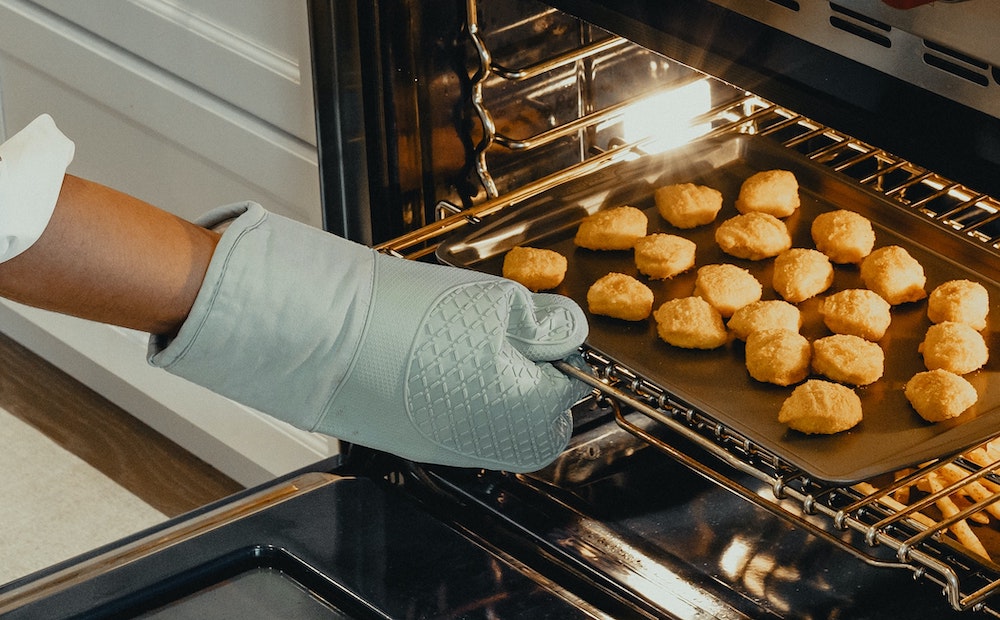The One Oven Thermometer You Should Absolutely Never Use When Cooking
Dial oven thermometers should be avoided due to their potential to give inaccurate readings.
This article is more than 2 years old

If you love baking or cooking, chances are you’ve been let down by your oven before. Whether it’s a timer not going off correctly resulting in a burned batch of muffins, or the chicken not being cooked even after it’s been in the oven for ten minutes longer than the recipe said, oven temperature can have a huge impact on the outcome of your food. Buying a new oven isn’t feasible for most of us but buying an oven thermometer is—just make sure you don’t buy one that will cause more problems than it solves!
We all know that eating undercooked poultry or seafood can invite a myriad of health risks, including food poisoning, but did you know that eating raw flour and eggs can do much the same? Salmonella, E. coli and more are risks you invite when you eat raw or undercooked baked goods. The solution: making sure that your oven temperature is where it should be and—hint—the temperature you set it at might not always be accurate.
It’s not unusual for oven temperatures to fluctuate during baking or cooking, and most ovens run at a temperature slightly different from what it says when you set it. Most serious cooks and bakers use an oven thermometer to make sure their oven is running at the correct temperature, which helps with timing and consistency. According to TastingTable, an oven thermometer not only helps ensure that your oven is the right temperature but can give you a more accurate idea of when your food is done.
The cheapest oven thermometers on the market are round dials, which sit inside your oven and measure the temperature with a scale. There are quite a few downsides to dial thermometers, including the fact that they break and begin to read incorrectly much faster than other oven thermometers. You also have to open your oven to look at them and gauge where the scale is at; opening your oven for even a few seconds can release up to 50% of the oven’s hot air, a real risk, especially when cooking things that rely on consistent hot air to rise, like popovers or cakes.
A much better and more convenient oven thermometer option are probes, which sit inside your oven to detect the temperature, all the while transmitting that temperature to a digital screen outside the oven. On some thermometers, you can even stick the probe inside whatever you’re cooking—a chicken or roast for example—to know exactly when it reaches the right temperature. Probe oven thermometers provide a more accurate temperature reading and last much longer than their dial counterparts.
There are tons of kitchen tools available to help streamline your cooking and baking process, but the humble oven thermometer might just be your best bet at getting the perfect bake every time. Oven temperature is an important factor when it comes to cooking, and it can make or break your dinner party or birthday treats. Take control over yours with an oven thermometer—just steer clear of the ones with dials!



